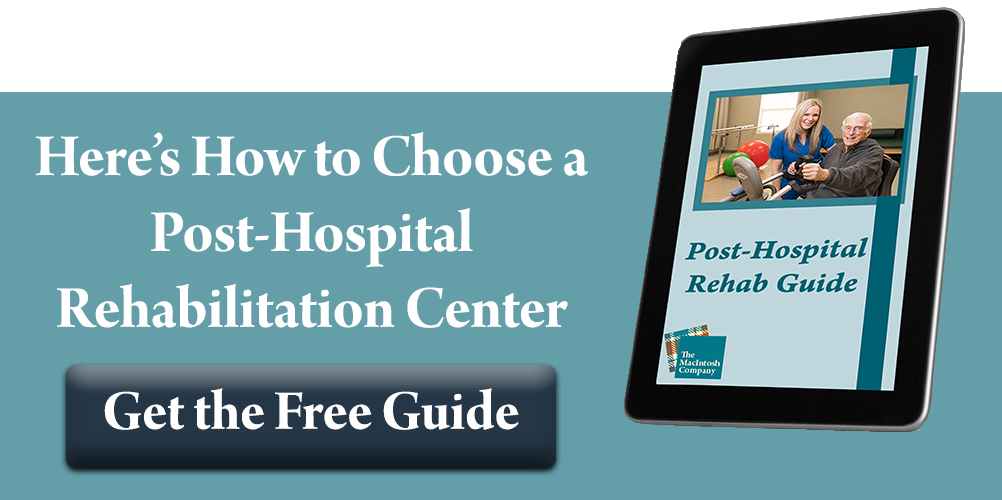Dear Kara:
My 82-year-old mother-in-law lives alone in a house she has owned for over 30 years. While we live near her in the Columbus area, my husband and my work schedules and our kids’ many extracurricular activities make it difficult to check in on her more than a few times a week. She is very determined to remain independent in her own home.
My husband and I decided one thing we really need to do is evaluate her home for safety risks. It is an older house and it wasn’t built with seniors in mind. What are issues we should look for and be concerned about when assessing her home?
Justine
Dear Justine:
Older homes can indeed be a challenge when it comes to keeping a senior safe. From outdated bathrooms to numerous sets of stairs, they can increase the risk of injury.
Here are a few hazards to look for in your mother-in-law’s home:
- Do all stairways inside and outside have strong banisters or handrails?
- Are treads on stairs secure and have a non-skid surface?
- Can lighting be turned on from the top and bottom of stairways?
- Can she easily access her shower without risk of falling?
- Are grab bars installed near the shower, toilet, and at the bedside? (Also, make sure towel bars that might be improperly used as grab bars are removed and replaced.)
- Does she have nightlights to illuminate the pathways frequently used at night in her house, such as the bedroom to the bathroom or the bedroom to the kitchen?
- Are working smoke detectors and carbon monoxide detectors installed?
- Does her stovetop have knobs on the front or does she have to reach over burners to turn the stovetop on and off? (Consider replacing it if she has to make that dangerous reach.)
- Is good lighting in place indoors and outdoors?
- Does she have an easy-to-use fire extinguisher?
- Are throw rugs used throughout the house? These should be packed up to prevent falls.
Also pay attention to her nutrition. Can she safely prepare healthy meals? If she no longer drives, does she have a way to go to the grocery store frequently enough? Healthy eating can be more challenging as we grow older and struggle with both of these issues.
Also be aware that older adults who live alone are at higher risk for hoarding, and the health and safety problems that condition presents. Keeping clutter under control can help prevent a small issue from becoming a big one.
My final tip is to talk with your mother-in-law’s primary care physician if she will allow you to. He or she may be able to order a home evaluation by a physical or occupational therapist.


